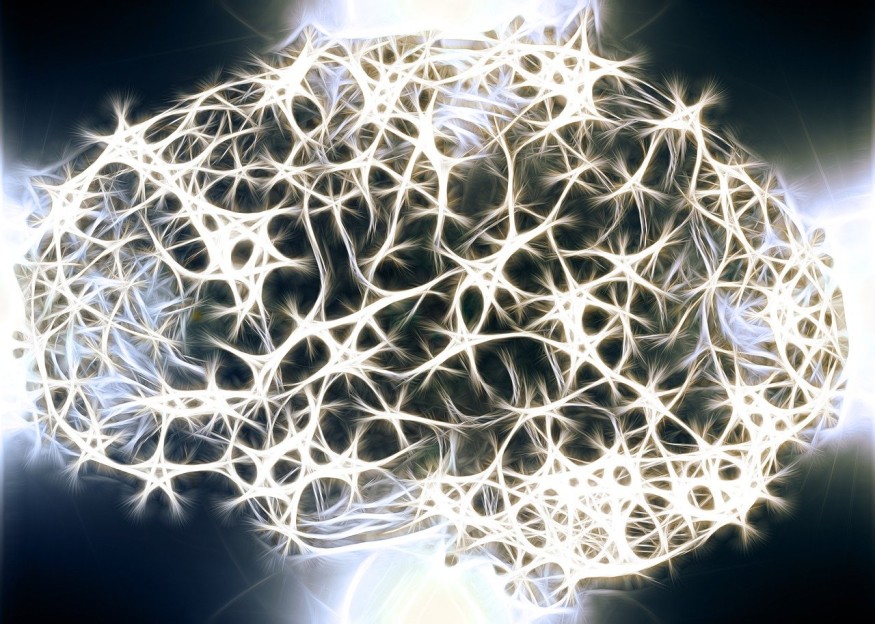Neuroplasticity, or brain plasticity, is the brain's dynamic ability to reorganize itself through forming and reorganizing neural connections based on experience, learning, or injury. This fundamental property allows the brain to adapt to new information, develop new skills, and recover functions after damage.
It challenges the old belief that the brain's structure is fixed after certain ages. The principle "neurons that fire together, wire together" explains how repeated activity strengthens neural networks, making neuroplasticity essential throughout life for cognitive health and development.
Defining Neuroplasticity Scientifically
Scientifically, neuroplasticity encompasses several distinct but interrelated processes: synaptic plasticity (modification of synapse strength), structural plasticity (growth of new dendrites and axons), and functional plasticity (shifting of functions to undamaged areas of the brain).
These mechanisms enable learning, memory consolidation, and recovery from brain injury. Various forms of neuroplasticity such as long-term potentiation (LTP) represent the cellular basis for memory and learning. The brain's adaptability is supported by molecular, cellular, and network-level changes, demonstrating the brain's integrated capacity to change at multiple levels.
How Does Brain Rewiring Work?
Brain rewiring refers to the brain's ability to remap itself by creating new neural pathways or strengthening existing ones. This involves neurogenesis (creation of new neurons), synaptogenesis (formation of new synapses), dendritic branching (growth of neuron extensions), and angiogenesis (new blood vessels that support these processes).
When neurons frequently activate together, synaptic connections strengthen, enhancing communication efficiency, a foundational principle for learning and memory. Brain rewiring is stimulated by novel experiences, cognitive challenges, and physical exercise, making engagement in new activities vital for maintaining brain plasticity. Rehabilitation for stroke or brain injury harnesses these mechanisms to drive recovery by encouraging spared areas to assume roles of damaged regions.
Neuroplasticity and Mental Health Science
Mental health science increasingly integrates neuroplasticity concepts to understand and treat psychiatric and neurological disorders. Maladaptive neuroplasticity may underlie conditions like depression, anxiety, PTSD, and addiction, where disturbed neural circuits contribute to symptoms.
Conversely, therapeutic interventions including psychotherapy, medication, neurostimulation, and cognitive-behavioral therapies utilize brain plasticity's capacity to rewire dysfunctional networks and foster resilience. Techniques like mindfulness and cognitive training reinforce beneficial neural patterns, improving emotional regulation and cognitive function. Understanding neuroplasticity helps tailor personalized treatments aimed at restoring functional brain connectivity and overall mental well-being.
Recent Breakthroughs in Neuroplasticity Research
In 2025, neuroplasticity research highlights technological advances transforming brain recovery. AI and virtual reality (VR) are integrated into neurorehabilitation to personalize therapy protocols beyond traditional timelines. Devices like Vivistim Paired Vagus Nerve Stimulation enable chronic stroke patients to regain function years after injury, challenging the notion that recovery is limited to acute phases.
Advanced neuroimaging combined with big data analytics and AI enables precise monitoring of brain changes during recovery, supporting tailored interventions. Cell-based therapies including neural stem cell transplants and gene therapies are emerging to enhance neuroplastic repair, although regulatory and ethical issues remain under discussion. These innovations exemplify a new era of precision and personalized brain health management that leverages neuroplasticity's hidden power.
Practical Implications for Brain Health and Cognitive Fitness
Understanding neuroplasticity is foundational for designing strategies to preserve and enhance brain health. Engaging regularly in mentally stimulating activities like learning a new language or musical instrument, maintaining physical fitness, and managing stress through mindfulness are proven approaches that facilitate neuroplastic growth.
Nutrition also plays a role, with antioxidants and omega-3 fatty acids supporting neural health. Encouraging variety and complexity in daily tasks prevents neural stagnation and promotes cognitive resilience. These lifestyle choices synergize to create an environment conducive to ongoing brain change and mental agility.
Ethical and Societal Considerations in Neuroplasticity Applications
With emerging neuroplasticity-enhancing technologies such as brain-computer interfaces (BCIs) and neuromodulation, there arise questions about equitable access, privacy, and the boundaries between treatment and cognitive enhancement. Ethical debates focus on ensuring these advances benefit diverse populations without exacerbating health disparities.
Moreover, long-term safety and the unintended consequences of manipulating brain plasticity remain major research priorities. Balancing innovation with ethical oversight will be key to responsibly harnessing neuroplasticity for future medical and mental health practices.
Embracing the Brain's Capacity to Change
Neuroplasticity embodies the brain's extraordinary power to reshape itself in response to internal and external experiences. Leveraging this capability offers a transformative approach to learning, healing, and mental health. As research continues to uncover the cellular and molecular foundations of plasticity, and as breakthroughs in technology drive new therapies, the brain's hidden power to change itself becomes increasingly accessible.
Prioritizing activities and interventions that stimulate neuroplastic growth can empower individuals to enhance cognitive function and recover from neurological challenges. This integrative understanding of neuroplasticity redefines brain health and cognitive fitness for the 21st century.
Frequently Asked Questions
1. Is neuroplasticity lifelong?
Yes. While the brain shows heightened plasticity in childhood, adults retain a significant capacity to change neural connections. Experience, learning, and environment continuously influence brain structure and function across the lifespan.
2. Can brain rewiring go wrong?
Maladaptive plasticity can produce undesirable effects, such as chronic pain, addiction, or compulsive behaviors. Understanding and guiding neuroplastic processes is therefore critical in therapies to prevent negative brain rewiring.
3. What activities promote neuroplasticity?
Lifelong learning, physical exercise, mindfulness meditation, novel and challenging cognitive tasks, and social interaction have all been shown to boost neuroplasticity.
4. Does neuroplasticity explain "rewiring" after injury?
Functional plasticity allows undamaged brain regions to compensate for lost abilities, underpinning recovery in stroke and traumatic brain injury. Rehabilitation protocols aim to stimulate these adaptive changes to maximize recovery.
© 2025 ScienceTimes.com All rights reserved. Do not reproduce without permission. The window to the world of Science Times.












